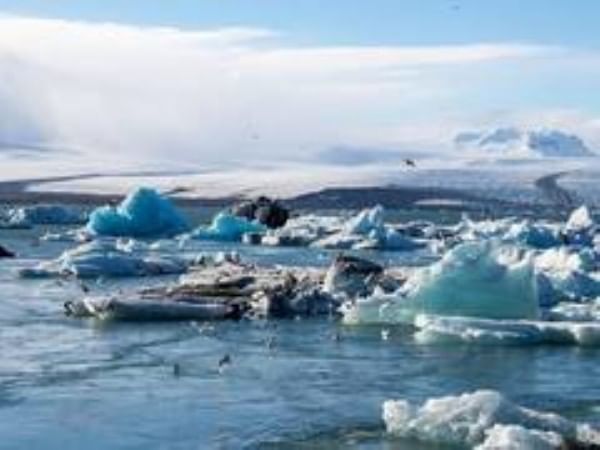London [UK], February 22 (ANI): A new study led by Professor Gemma Harvey from Queen Mary University of London has revealed how hundreds of species shape the landscapes we depend on, from termite mounds visible from space to beavers creating wetlands and hippos carving drainage systems.
Published in Proceedings of the National Academy of Sciences (PNAS), this first-of-its-kind global synthesis identifies 603 species, genera, or families that influence Earth’s surface processes. From tiny ants shifting soil to salmon reshaping riverbeds, the study highlights the diversity and scale of animals’ impact across all freshwater and terrestrial ecosystems.
By estimating the collective energy of these “natural engineers,” the research shows that their geomorphic contributions rival those of hundreds of thousands of major floods.
Key Insights from the Study:
Unexpected Diversity: Beyond iconic examples like beavers and salmon, the study identifies hundreds of species — including insects, mammals, fish, birds, and reptiles — that shape landscapes in remarkable ways.
Freshwater Ecosystems in Focus: Despite covering just 2.4% of the planet’s surface, freshwater habitats host over a third of these remarkable species.
Impressive Energy Output: Animals collectively contribute at least 76,000 gigajoules of energy annually to shaping the Earth’s surface — a figure comparable to hundreds of thousands of extreme floods. This estimate is likely conservative, as significant knowledge gaps exist, particularly in tropical and subtropical regions where biodiversity is highest but research is limited.
Fascinating Examples: Termites build vast networks of mounds in Brazil, some covering thousands of square kilometres, while salmon spawning can shift as much sediment as annual flooding. Even ants, through their tiny but countless actions, alter soil structure and drainage.
Professor Harvey explains: “This research shows that the role of animals in shaping Earth’s landscapes is much more significant than previously recognised. From beavers creating wetlands to ants building mounds of soil, these diverse natural processes are crucial, yet we risk losing them as biodiversity declines.”
Nearly 30% of the identified species are rare, endemic, or threatened, meaning vital geomorphic processes could cease before their full significance is understood. This loss could have profound consequences for ecosystems and the landscapes they support. (ANI)
This report is auto-generated from ANI news service. ThePrint holds no responsibility for its content.






